The MEB Application compass facilitates your application. Dutch
MEB Application compass
During the development of a medicinal product or an extension of a therapeutic indication, a company may request scientific and/or regulatory advice.
The MEB strives for the development of medicinal products without animal testing and is critical of the added value of animal testing.
Marketing authorisation holders have a statutory obligation to report adverse events to the authorisation agencies. Sponsors of clinical studies of medicines and bodies carrying out the trials are also required to follow specific instructions for the submission of reports.
During a European application procedure (centralised procedure, mutual recognition or decentralised procedure) with the Netherlands acting as Rapporteur or as Reference Member State (RMS), the company may request a pre-submission meeting with the MEB prior to initiating the application procedure. The purpose of this meeting is to discuss details regarding the procedure with the Rapporteur or RMS. As these meetings do not qualify as scientific advice, no application form is required and you may contact the head of the Pharmacotherapeutic (PT) group in question directly.
Medicinal products that have not been given a marketing authorisation may be prescribed in some cases through a compassionate use programme. This concerns a specific situation in which the MEB considers the availability of new medicinal products for multiple patients (cohort) to be essential prior to the granting of the definitive marketing authorisation.
When considering a marketing authorisation application, the MEB assesses whether each of the proposed manufacturers has the required permit and comply with the requirements for Good Manufacturing Practice (GMP). If the assessment outcome is positive, the manufacturer will be accepted for the marketing authorisation application. This process is known as site clearance.
The MEB attaches great importance to obtaining appropriate data on medicinal products for children. The development of new knowledge, as well as additional information about the use of medicinal products in children, will contribute to improved treatment.
When producing medicinal products, specific measures should be in force to minimise the transmission of animal spongiform encephalopathies (TSE).
The decentralised procedure (DCP) should be used to obtain a marketing authorisation in several Member States when the applicant does not yet have a marketing authorisation in any country.
In the case of the mutual recognition procedure (MRP), the RMS has already issued a marketing authorisation. The RMS's assessment report forms the basis for requesting the other Member States' mutual recognition of the marketing authorisation (including the product information), unless they have objections on the grounds of a potentially serious risk to public health.
Pharmaceutical companies that wish to follow the centralised procedure submit a dossier to the European Medicines Agency (EMA). The main advantage of this procedure is that new, innovative medicinal products can be made available to all European residents at the same time once marketing authorisation has been granted. The dossier is assessed by the Committee for Medicinal Products for Human Use (CHMP), the EMA's medicines assessment committee.
Applicants following the national procedure will be granted a marketing authorisation that is valid only in the Netherlands. It is granted by the MEB. The medicinal product to which the dossier relates can only be placed on the market in the Netherlands.
A marketing authorisation has a limited period of validity when first granted. After 5 years, the MEB must decide based on a benefit-risk assessment if this authorisation can be renewed and, if so, whether the renewal can be granted with unlimited validity or, as a result of aspects related to pharmacovigilance, with one additional 5-year period. Once a year, the MEB will make a decision with respect to renewal of the marketing authorisation, for each product that has been authorised via the national procedure for which the marketing authorisation expires in that year.
More information about the renewal of a marketing authorisation
A variation is a change in the dossier of an authorised product. There are four different types of variations: Type IA, Type IB, Type II and Line extension.
A line extension is a marketing authorisation the same marketing authorisation holder, where for instance the pharmaceutical form and/or strength differs from one or more other pharmaceutical products for which the applicant already holds a marketing authorisation.
The availability of medicinal products is divided into two main groups: medicines available Only on Prescription from doctor or specialist (PO) and medicines available without prescription (OTC, over-the-counter).
In addition to routine contact between the MEB and the company during the course of an application procedure for marketing authorisation or subsequent amendment, a company can request further clarification of the questions asked by the MEB.
A hearing can be organised in the case that an intention of refusal of the application has been issued, or for MEB decisions the addressee is expected to object to. In a European application procedure this is also called a ‘break-out session’ or ‘oral explanation’.
As a marketing authorisation holder, you may decide to have your marketing authorisation withdrawn for various reasons. To do so, you must submit a request via a withdrawal form together with the requested annexes.
The list of product types indicates the various product types handled by the MEB. The choice of product type determines the work flow in which the application will be processed. You will receive a confirmation of receipt, informing you which product type your application will be processed under.
A new active substance is one which has not already been used in another medicinal product that has been granted marketing authorisation in the EU/EEA. Dossiers for medicinal products with a new active substance must contain the test results of pharmaceutical, preclinical and clinical trials.
If the applicant can show that the active substance in the medicinal product has already been in medical use in the EU/EEA for at least ten years (in the form of medicinal products without marketing authorisation), and that its efficacy is recognised and its level of safety is acceptable, the requirement to submit results of preclinical or clinical studies may be waived under certain conditions. In this case, studies will be replaced by the appropriate scientific literature.
Generally, a complete dossier must be submitted with a marketing authorisation application. A generic medicinal product is a medicinal product that is authorised via an abridged procedure, in order to prevent unnecessary repetition of pharmacological, toxicological, and clinical human and animal trials. The applicant may refer to the complete dossier belonging to another product, the reference medicinal product, as long as the requirements for the accelerated procedure are met.
If you wish to apply for a marketing authorisation for a medicinal product that is identical to another product that is already on the market, can do so using the national informed consent marketing authorisation application.
As with all other medicinal products, marketing authorisation must be obtained for a biosimilar medicinal product before it can be marketed. Marketing authorisation is granted once the European Assessment Committee CHMP, in which the MEB is represented, has scientifically assessed the efficacy, safety and quality of the medicinal product.
When a medicinal product is imported from another European country, this is referred to as parallel import. With parallel import, the medicinal product is marketed in the Netherlands by an importer who has not been designated by the original authorisation holder.
A duplex marketing authorisation is a marketing authorisation for a product of which the dossier is identical to that of a product which is already authorised. In a duplex marketing authorisation procedure, the MEB can waive a full evaluation, and the marketing authorisation can be quickly granted. As from 1 September 2015, a duplex marketing authorisation is only permitted under specific conditions.
A replica marketing authorisation concerns a medicinal product which is exactly similar to the reference product, with the exception of the following information: the product name, the name and adress of the marketing authorisation holder, and the RVG registration number. The replica marketing authorisation has no SmPC itself.
Herbal medicinal products, also referred to as phytotherapeutic products, are medicinal products whose active ingredients contain exclusively plants, parts of plants or plant materials or combinations thereof, in crude or processed form. Just like all other medicinal products, herbals require authorisation. This means that they may only be traded after authorisation by the MEB.
A homeopathic medicinal product is prepared according to a homeopathic manufacturing procedure described in the European Pharmacopoeia or in one of the official homeopathic pharmacopoeias of the Member States. For this group of medicinal products there are specific quality and safety requirements. The Botanicals and Novel Foods Unit of the MEB decides, on assessing the marketing authorisation application prepared by the applicant, whether a homeopathic product is safe and complies with current quality standards for the manufacture of a medicinal product.
Any medicinal gas with a pharmacological effect, as stated in Article 1 of the Medicines Act, and classified as a medicinal product in accordance with Article 1 of Directive 2001/83 (65/65) EC must be authorised before it is allowed on the market.
A medical device may contain a substance that is an integral part of the medical device but that is a medicinal product when used separately. When assessing medical devices of this kind, Notified Bodies need to seek advice from a competent authority with regard to the substance, via the consultation procedure).
An application for market authorisation of a novel food in the European Union must be submitted electronically to the European Commission. There are 2 different application procedures for this.
A company has to submit a dossier for the assessment of a medicinal product. This dossier, which has to meet current European requirements concerning content and layout, consists of 5 modules.
In the Netherlands, the dossier of an application for marketing authorisation for medicinal products for human use must be submitted electronically. This electronic submission should preferably be done via the Common European Submission Platform (CESP).
The dossier as part of an application for marketing authorisation of a medicinal product must be submitted electronically to the MEB. The MEB carries out the technical validation of your electronic submission. If the dossier you have submitted is not technically valid, or does not comply with the prescribed format, it will not be processed. The MEB carries out the technical validation in accordance with European harmonised standards.
In the Netherlands it is mandatory to also submit responses to questions via electronic submission. The responses to questions should thus be included in the electronic dossier and should not be submitted in separate documents. Not all correspondence with the MEB is related to the contents of the dossier - e.g. the correspondence about payment of invoices or an application for postponement of the period for responding to questions.
The product information of medicinal products is based on a specific template, the QRD template. There is a distinction between the template for the centralised procedure and the template for the decentralised procedure, the mutual recognition procedure and referrals.
The Guideline on Summary of Product Characteristics contains general guidelines for the way in which information needs to be stated in the Summary of Product Characteristics (SmPC). The MEB has drafted a commentary on this Guideline. It states per SmPC category if there are specific MEB requirements or preferences.
The package leaflet is derived from the Summary of Product Characteristics (SmPC). This package leaflet is intended for the patient or the consumer, so medical terms are translated in a patient-friendly manner in this document. The package leaflet is assessed and approved by the MEB.
The MEB assesses the labelling text submitted by the company. There are fixed items that have to be printed on the label, such as the name of the medicinal product, the active ingredient, including its strength, and the expiry date.
There are several requirements for the nomenclature of pharmaceutical products, stating the excipients on the packaging and package leaflet, and stating abbreviated indication on OTC medicinal products.
More information about nomenclature, excipients and abbreviated indications
If a QR code is printed on the packaging and/or in the package leaflet, the conditions listed in Medicines Act and the MEB policy documents on the labelling of pharmaceutical products and the package leaflet must be met. Among other things, this entails that the QR code, and thus the underlying information, may not contradict with the approved summary of product characteristics, must be useful for the patient and may not promote the medicinal product.
Following the European decentralised or mutual recognition procedures (DCP/MRP), it is possible that medicinal products are authorised but subsequently not released on the Dutch market. There are several exceptions to the obligation to submit the product information and/or mock-ups in the Dutch language.
As a marketing authorisation holder you must implement 2 safety features on the packaging of prescription-only medicinal products for human use. This is stated in the implementation measures derived from Directive 2011/62/EU for the prevention of the entry of falsified medicinal products for human use in the legal supply chain. From 9 February 2019, these safety characteristics must be present on the packaging of medicinal products.
The MEB strives to harmonise product information across all medicinal products with the same active substance. As a marketing authorisation holder, you are responsible for keeping the product information updated. The implementation of these European agreements for harmonisation of product information occurs via variation procedures that must be submitted by the marketing authorisation holder.
To conform with patent law, the marketing authorisation holder can remove the patented indication from the printed SmPC and package leaflet as present in the packaging of a medicinal product. The marketing authorisation holder must notify the MEB about this. The MEB Medicines Information Bank does mention all indications, including patented indications. Patented indications are clearly marked as such.
As a marketing authorisation holder, you are legally obliged to maintain a stock, so that the demand can be met quickly. If a company is (temporarily) unable to supply a medicinal product, they can notify the Medicine shortages and defects notification centre.
More information about marketing discontinuation, suspension and shortages
Good Manufacturing Practice (GMP) is a quality assurance system for the pharmaceutical industry. The quality of a medicinal product can only be assured by a carefully defined and controlled production process. A marketing authorisation holder must always report a quality defect to the MEB.
In case of a shortage of a medicinal product, the MEB may issue a marketing authorisation for reasons of public health. This is a marketing authorisation without an application. In such cases, at the request of the MEB a company acts as the marketing authorisation holder and places a medicinal product that is authorised in another EU Member State on the Dutch market.
Sometimes the withdrawal of the marketing authorisation may pose problems to patients. In those cases, the MEB explores which other possibilities there are to retain the product for the Dutch market. The MEB will usually do this in consultation with the marketing authorisation holder.
The MEB publishes the proposed withdrawal in an overview. This withdrawal becomes final 6 months after publication in the overview. The MEB announces this in advance to offer other companies the opportunity to take over the marketing authorisation. Once a marketing authorisation has been withdrawn, it is no longer possible to transfer the withdrawn marketing authorisation to another company.
As marketing authorisation holder, you are responsible for the product's quality, efficacy and safety. You are also obliged to have in place the proper pharmacovigilance and risk management systems.
More information about the responsibilities following a marketing authorisation
As a marketing authorisation holder you are required to appoint an EU Qualified Person responsible for Pharmacovigilance (QPPV). Additionally, if the QPPV is resident outside the Netherlands or does not speak and write Dutch, you are required to appoint a national contact person.
A Periodic Safety Update Report (PSUR) is a pharmacovigilance document intended to provide an update of the worldwide safety experience of a medicinal product to regulatory authorities at defined time points post-authorisation.
As a marketing authorisation holder, you are legally obliged to submit reports of adverse events to the medicines authorities. There are detailed instructions on what to submit and how this should be done.
A risk management plan (RMP) provides information on a medicine's safety profile, describes the activities of the marketing authorisation holder to further characterise the safety profile during post-marketing (pharmacovigilance activities), and explains the measures that are taken in order to prevent or minimise the medicine’s risks in patients (risk minimisation measures).
A Direct Healthcare Professional Communication (DHPC) is a single, additional risk minimisation measure used to directly inform healthcare professionals about new, important information about a medicinal product. DHPCs are sent by the marketing authorisation holder of the product, to healthcare providers. The MEB publishes the DHPCs on its website, together with a news message containing advice for healthcare professionals and patients.
The EMA has a coordinating role in the decision-making process at the European level. Several committees have been appointed within the EMA to perform scientific evaluations and to provide advice about the safety of medicinal products.
More information about the decision-making process at the European level
Through public consultations, the MEB publishes proposals for new policy documents or major revisions of policy documents. A policy document with small revisions will not necessarily be published for public consultation.
A public consultation is generally published for a period of 6 weeks. In case of a holiday period, a longer period applies. With each public consultation, input can be given on the published proposal via an electronic form.
The Authorisation Contact Committee (CCR) is a consultation between the Medicines Evaluation Board and umbrella organisations for the pharmaceutical industry. During the meetings, topics of mutual interest are discussed and where possible agreements are made in order to solve common problems.
News
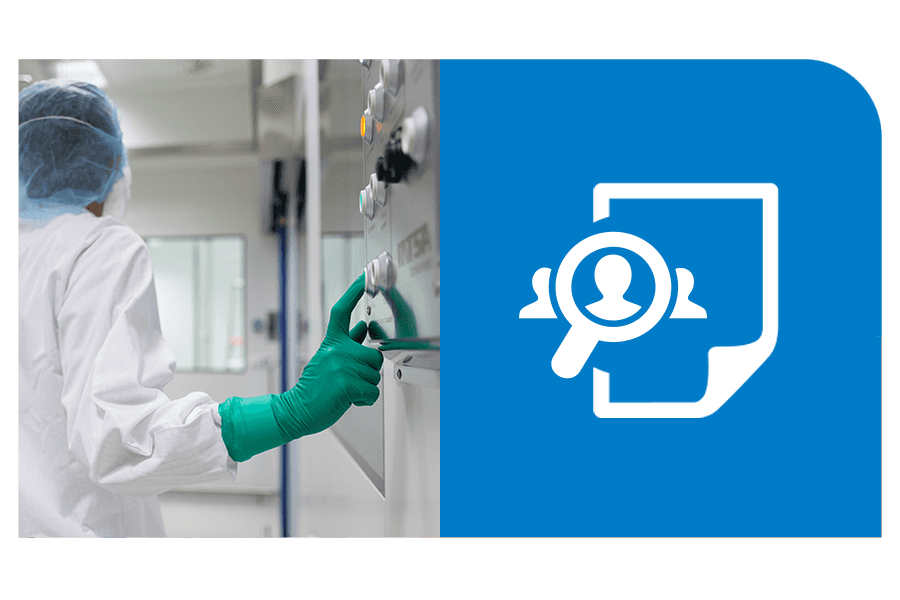
New availability schedule of time slots
The moment at which new slots become available in the MEB planning tool- used by companies to reserve a timeslot for submitting ...
08-07-202511:00Read more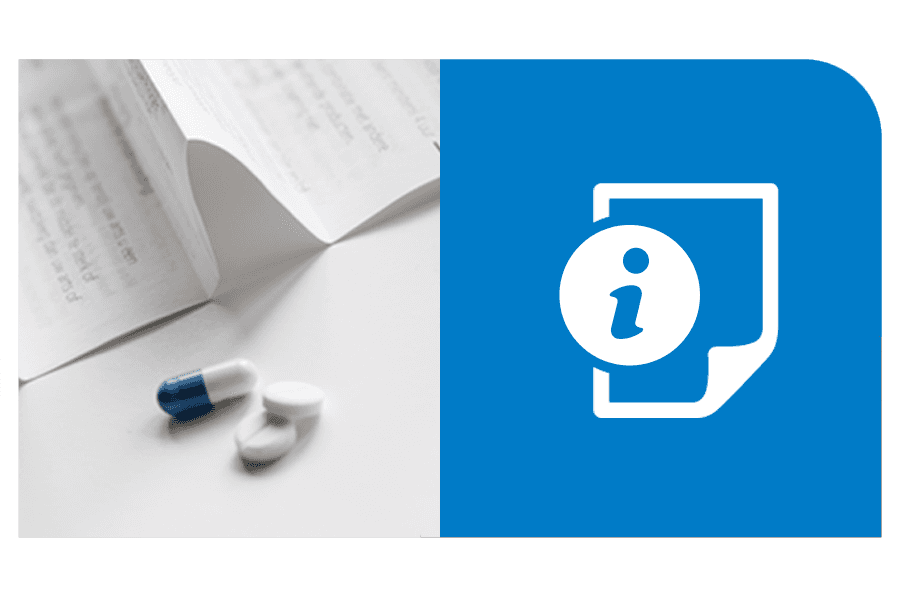
Planning tool for requesting time slots mandatory from 1 July 2025
As of 1 July 2025 it will be mandatory to use the MEB planning tool to reserve a time slot for submitting an application for ...
01-05-202512:00Read more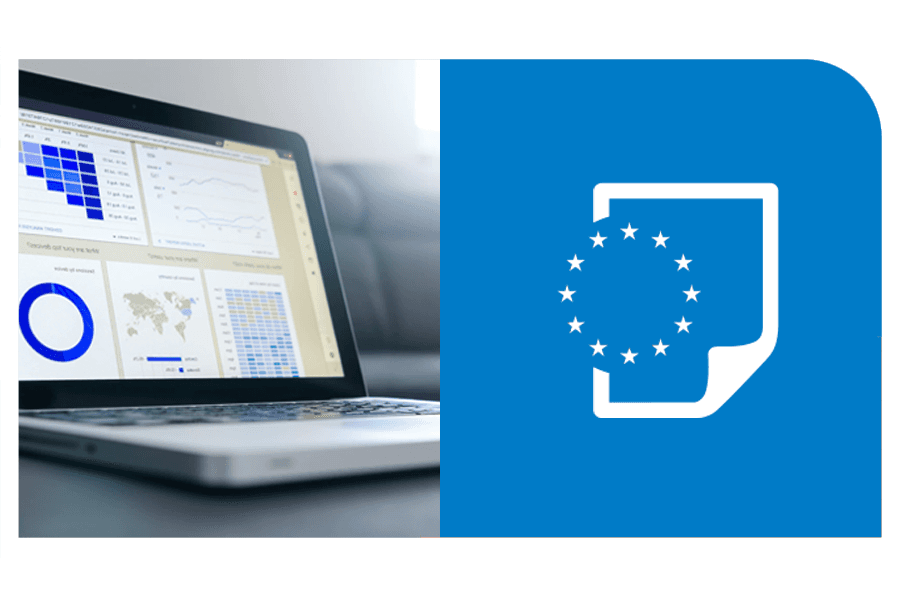
European Shortages Monitoring Platform operational
The European Shortages Monitoring Platform (ESMP) went live this week. The platform enables marketing authorisation holders and ...
31-01-202513:00Read more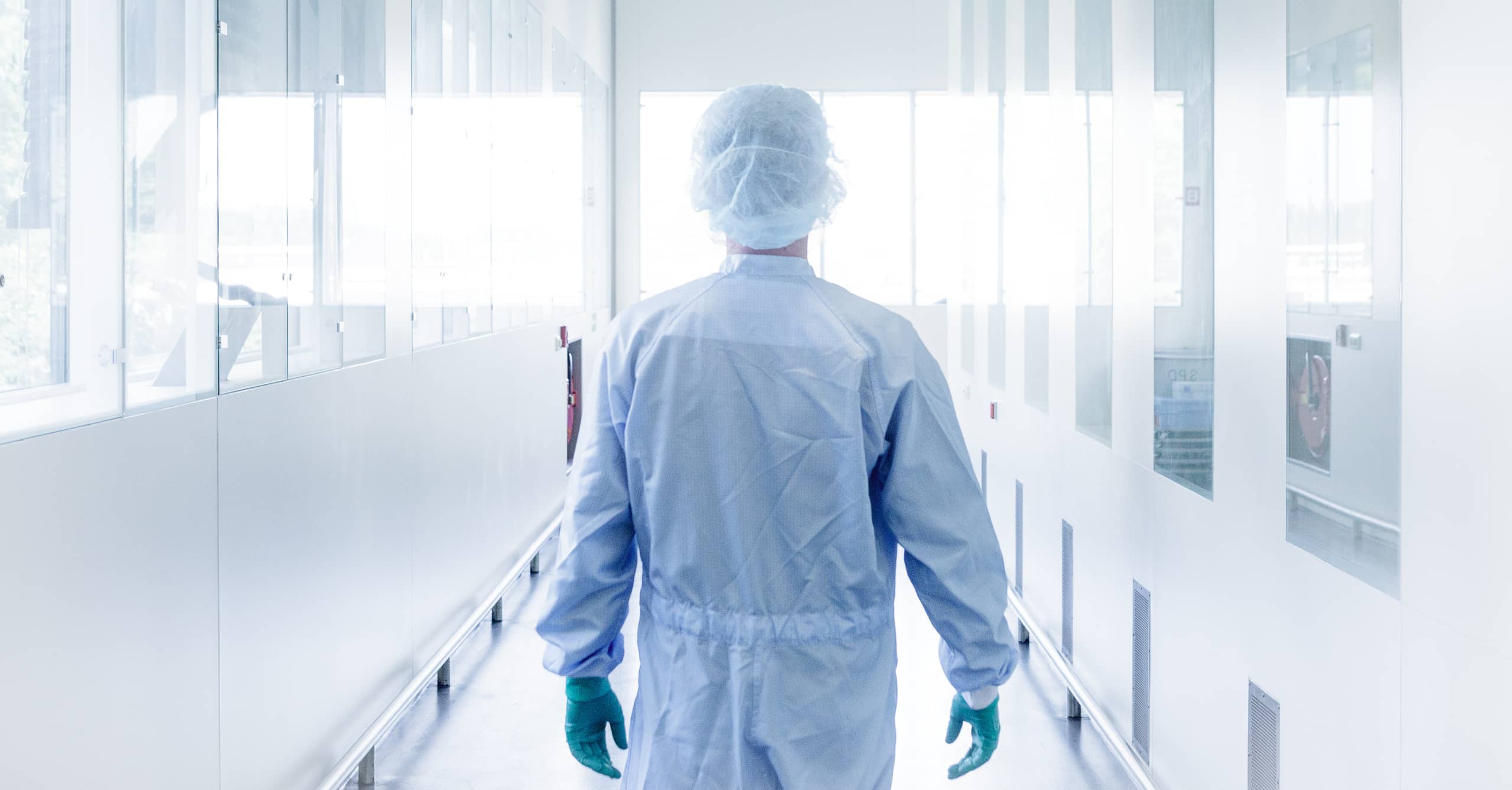
MEB fee rate change as of January 2025
The Medicines Evaluation Board (MEB) increases the fee rates for authorisation applications, authorisation changes and the annual ...
01-01-20258:00Read more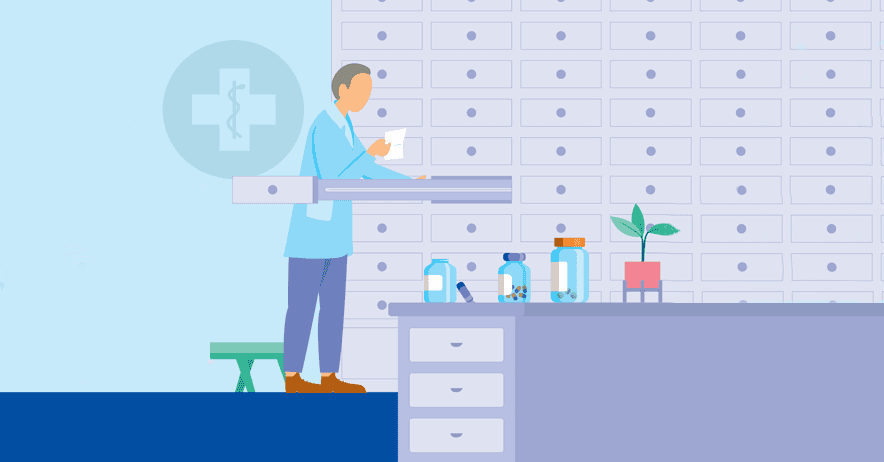
Revised notification form for medicine shortages and defects
The notification form of the Medicine Shortages and Defects Notification Centre has been made more user-friendly. The marketing ...
28-10-202410:00Read more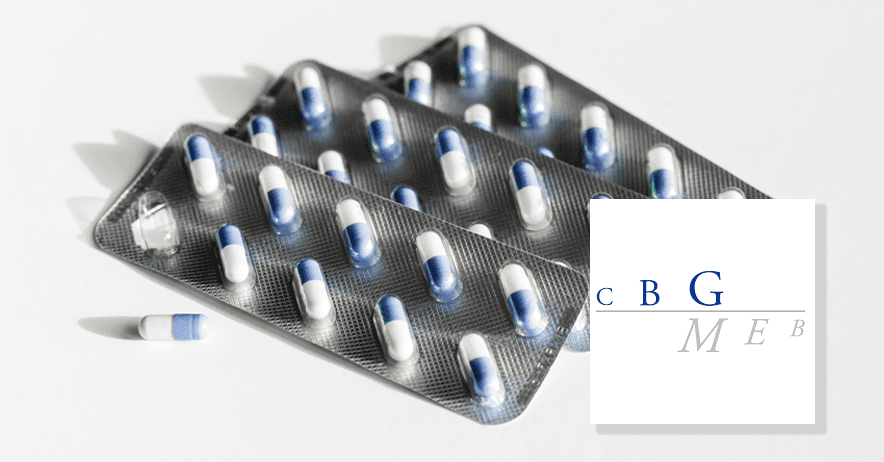
Planning tool for requesting timeslots expanded to more procedures
The planning tool firms can use to reserve a timeslot for requesting assessment procedures is being expanded. From now on, the ...
16-01-202412:00Read more
